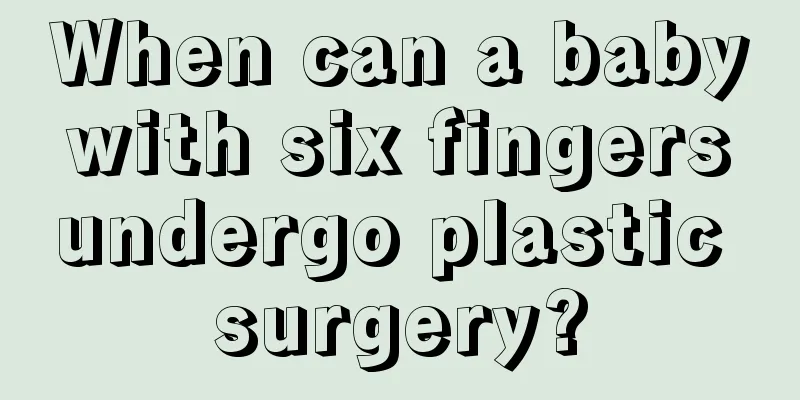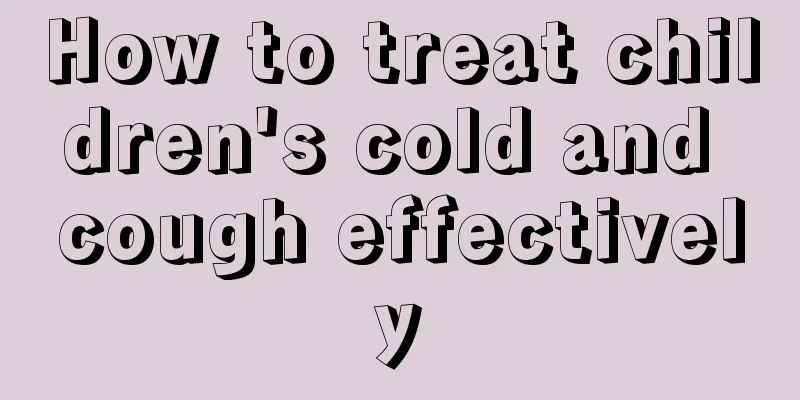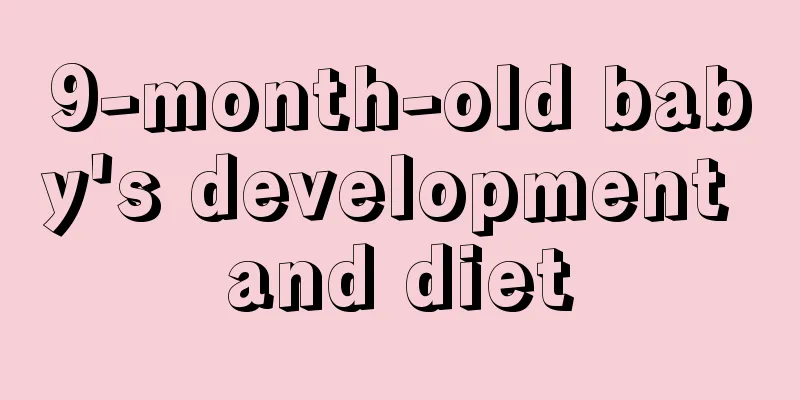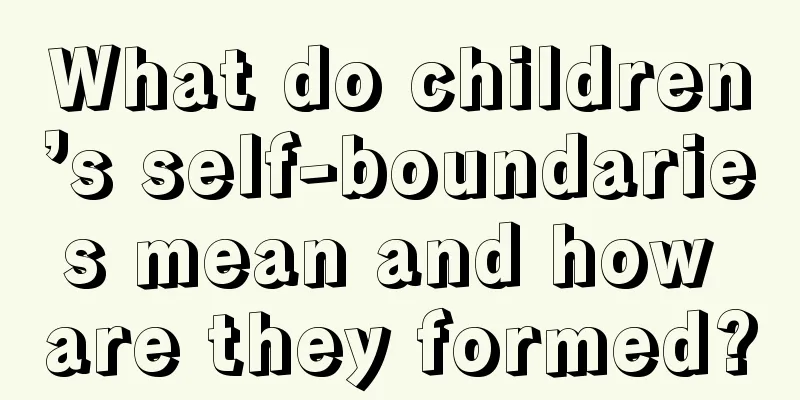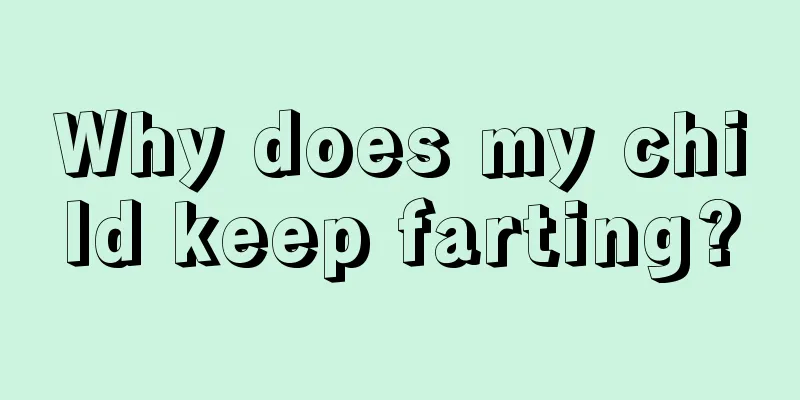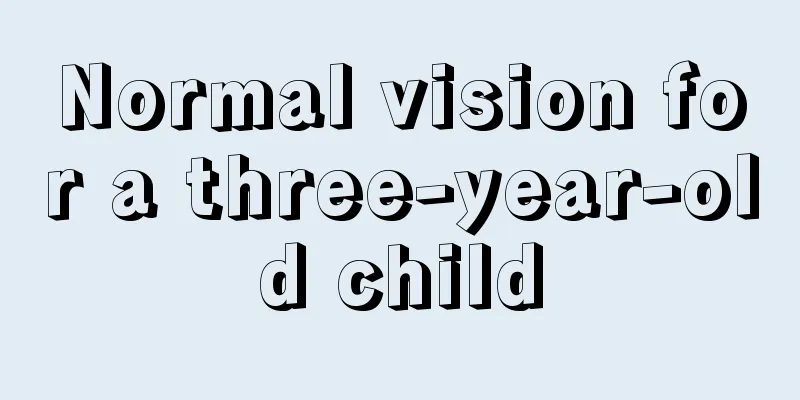What happens when a child has a fever and convulsions?
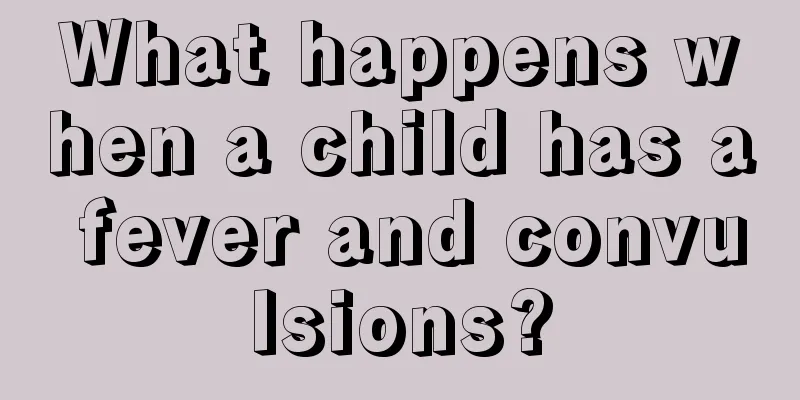
|
The physical condition of many children is something that many parents need to pay attention to. Children are small and their immunity is naturally not as high as that of adults, so they are very easy to get sick. If parents do not pay attention, it can easily cause serious consequences. Some parents will find that their children have convulsions when they have a fever. What is going on? Then let’s ask an authoritative expert to explain it to you. At present, clinically, convulsions are mainly divided into five types according to their manifestations: 1. Minor seizures It is more common than other types, with manifestations mainly on the head and face, without limb rigidity or clonus. During the attack, the movement phenomenon is mild, and the convulsion is weak and limited. It may manifest as respiratory arrest, eye deviation, eyelid twitching, lip tremor, sucking and swallowing, pupil dilation, sometimes accompanied by abnormal crying and laughing, or only autonomic nervous system symptoms, and sometimes accompanied by limb pedaling, stepping, swimming and other movements. 2. Multifocal clonic seizures This type of convulsion is migratory and has no fixed sequence. During the attack, the clonic movement quickly shifts from one limb to another, or from one side to the other. Long-term focal clonic movement is limited to one limb or the upper and lower limbs on the same side before starting in other parts. 3. Focal clonic seizures This type of convulsion begins in one limb or one side of the face and can spread to other parts of the same side. There is usually no disturbance of consciousness. During the attack, localized high-amplitude sharp waves can be found on one side near the central sulcus, and may spread to the adjacent area of the same hemisphere or the opposite side. Mild localized seizures are sometimes difficult to identify, such as slight tremor or rigidity of one limb or finger (toe), strange limb movements, such as pendulum-like movements of the upper limbs, pedaling-like movements of both lower limbs, etc. 4. Tonic convulsions It manifests as extension and stiffness of the whole body, accompanied by respiratory arrest, upward squinting of the eyes, and in a few cases, generalized tonic attacks. This type is more common in premature infants and often indicates organic brain damage. 5. Myoclonic seizures This type is rare clinically and often indicates diffuse brain damage, manifested as rapid pulling movements of the upper and (or) lower limbs occurring simultaneously, and the electroencephalogram often shows no special morphological abnormalities. The above is the relevant article we brought to you about what causes children to have fever and convulsions. After reading the above article, I believe everyone knows the reasons for this symptom in children, so that timely treatment can be provided after the child has this condition. |
<<: What should I do if my child has a fever repeatedly at night?
>>: What causes children to be weak and sweat excessively?
Recommend
How to correct a hunchbacked child
After entering elementary school, I gradually dis...
What is the reason for the baby to have a mole
Everyone wants a flawless facial skin, without ac...
Newborn baby sleeping with hands raised on both sides of head
The sleeping posture of an adult often reflects a...
What to do if an 8-year-old child has a hunchback?
Many parents will encounter the problem of hunchb...
What medicine should children take for bronchitis
Young children are young and sometimes have poor ...
What should I do if my child has cough and asthma?
Asthma is a very common disease that can affect b...
What kind of exercise can help children grow taller?
Children's height is affected by the genetic ...
What does it mean when a baby has milk mucus?
Baby milk mucus usually appears in your baby'...
How to correct the symptoms of hunchback in children
If we want to correct the symptom of children'...
What should I do if my one-year-old baby has hot palms and soles?
Babies are the hope of the family. Parents hope t...
Why doesn't a newborn baby cry?
I believe that many new parents, although they ar...
How can children grow taller?
Parents all hope that their children can be tall,...
The child speaks slowly
We will eventually encounter many situations in r...
What is the cause of the fever and convulsions in children?
The weather and temperature are changeable now. M...
Symptoms of children sweating at night
It is common for babies to sweat during sleep, an...
